magnolia in northern CO? ! ?
skeating
19 years ago
Featured Answer
Sort by:Oldest
Comments (42)
Rosa
19 years agoskeating
19 years agoRelated Discussions
Can I interplant Sweetbay Magnolia/Spicebush (under); same spot?
Comments (1)They grow together in my neighboring woods. With my own collection of plants,I often crowd shrubs together, making it impossible for each to achieve it's finest symetrical look, but giving a natural, woodland edge appearance....See MoreCan I plant a sweetbay magnolia and spicebush in the same spot??
Comments (1)Yes you can if you maintain it as described....See MoreAnyone Have a Star Magnolia in Colorado?
Comments (10)Thanks for sharing your experience! That is good to know. I would actually prefer if it grows slowing and stays on the small side because there's an a semi-dwarf apple tree just west of where it would go and I don't want it to complete with that. We're tall, but our yard is fairly deep, so even if it doesn't get very tall it should at least help (along with some other plantings) make it feel a little more intimate and less like we're on display to the neighbors in behind us. Right now we just have a concrete pad and then the lawn starts, so it doesn't feel very tranquil on the patio... seems like something is missing. We do have a trellis on the side of the patio so we already have some privacy from the neighbors to the side of us. Some of the magnolias at the HD were already kind of tall (maybe 5-6 feet or so) but they were a tad pricey ($90) so I was leaning toward a smaller one. If yours does well in the cold winter temps of Michigan, then I think the buds should do fine here. I suppose the blooms could still go quickly if we have hot temps in the spring, which is not uncommon here, but it's probably worth a try. Thanks again!...See MoreAny one growing magnolias in northern Utah/Ogden area.
Comments (34)My one has survived 4 winters. It just doesn't grow much. Grew about 6" the first year but the last two I haven't seen any at all. I'm thinking it's not getting enough nutrients because of my extreme alkaline soil despite using acid fertilizer. I'm thinking of stepping up the amount of fertilizer. Maybe using a liquid type so it's fast access. Here's hoping that helps....See Morebpgreen
19 years agoskeating
19 years agoRosa
19 years agodryad58
19 years agoskeating
19 years agobpgreen
19 years agobombus
19 years agoskeating
19 years agoRosa
19 years agooakiris
19 years agoskeating
19 years agobpgreen
19 years agooakiris
19 years agobpgreen
19 years agooakiris
19 years agoskeating
19 years agoRosa
19 years agooakiris
19 years agooakiris
19 years agoskeating
19 years agooakiris
19 years agoOOO1
19 years agobindersbee
18 years agoachang89
18 years agojuliaz5denver
18 years agooakiris
18 years agoginkgonut
18 years agoSue_in_Colorado
18 years agonjbiology
15 years agoerikamccaig
15 years agoarctictropical
12 years agoMark Crooks
7 years agolast modified: 7 years agoKevin Olsen
7 years agoKevin Olsen
7 years agoMark Crooks
7 years agopopmama (Colorado, USDA z5)
7 years agoKevin Olsen
7 years agoeastautumn
7 years agoEmbothrium
7 years ago
Related Stories
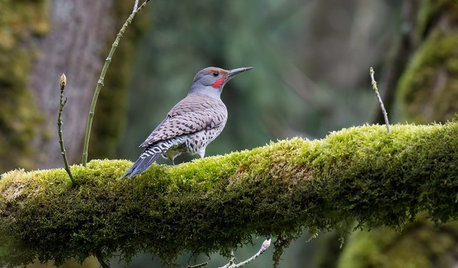
GARDENING GUIDESBackyard Birds: Healthy Home Habitats for Northern Flickers
These colorful woodpeckers found across the U.S. and Canada love berries, seeds and ants and often nest in deep burrows in trees
Full Story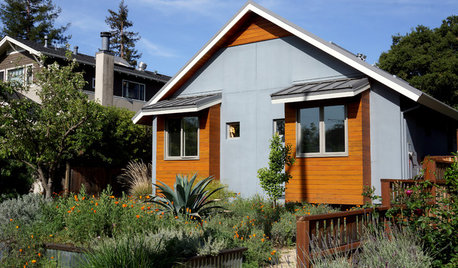
CONTEMPORARY HOMESMy Houzz: Living Simply and Thoughtfully in Northern California
Togetherness and an earth-friendly home are high priorities for a Palo Alto family
Full Story
TREESGreat Design Plant: Southern Magnolia, Iconic U.S. Native
Massive, fragrant blooms and deep green leaves set Magnolia grandiflora apart from other large shade trees
Full Story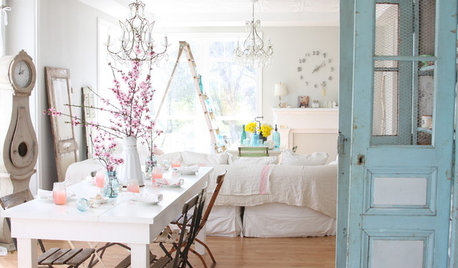
COLORS OF THE YEARPantone Has Spoken: Rosy and Serene Are In for 2016
For the first time, the company chooses two hues as co-colors of the year
Full Story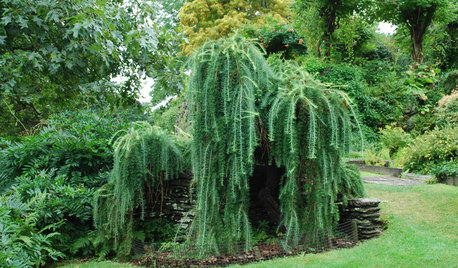
GARDENING GUIDESGreat Design Plant: Larix Decidua ‘Pendula’
Soft, graceful and sculptural, weeping larch is a star in northern U.S. gardens
Full Story
HOUZZ TOURSMy Houzz: Andalusian-Inspired Touches in a Modern Home in the Hills
A Northern California couple adds global influences to the design of their contemporary family home
Full Story
TRANSITIONAL HOMESHouzz Tour: Character for a New House in the ’Burbs
A newly built home in a northern suburb of Chicago gets a personality adjustment
Full Story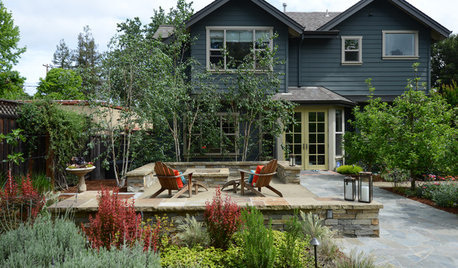
EVENTSSpring Tour: Landscape Designs for Living
Northern California yards in a spring garden tour show that landscape design is all about the experience
Full Story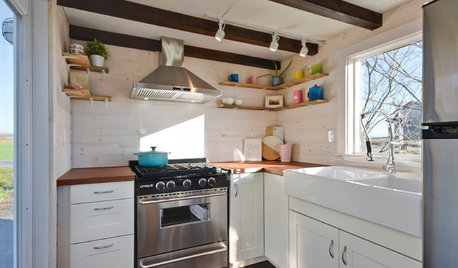
SMALL HOMESHouzz Tour: A Tiny House Packed With Style
A couple in Northern California opts for a customized home on wheels with clever design and storage solutions
Full Story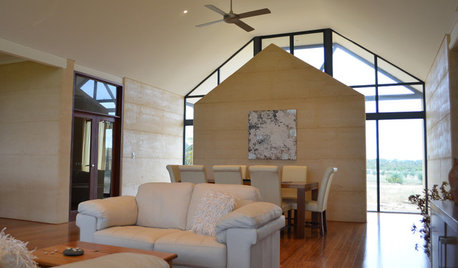
HOUZZ TOURSMy Houzz: An Aussie Home Mingles With Nature
This eco-friendly bushland retreat coexists beautifully with the surrounding environment, right down to its rammed-earth construction
Full Story






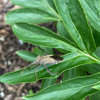
treebarb Z5 Denver